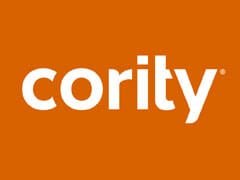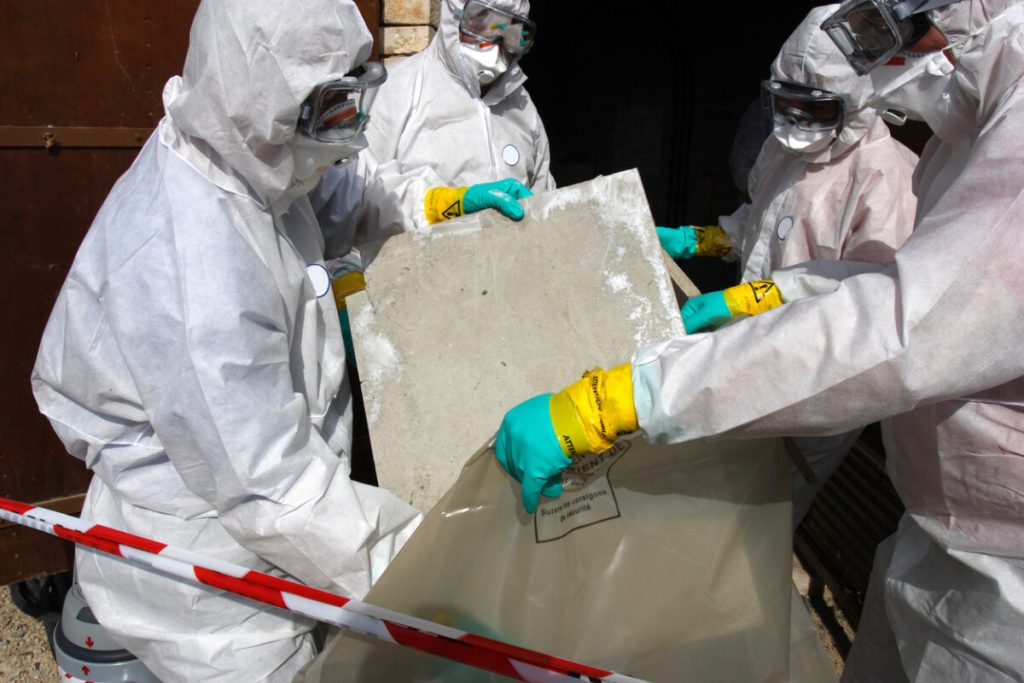Industrial Hygienists are charged with the art and science of anticipating, recognizing, evaluating, preventing, and controlling environmental factors or stresses arising in or from the workplace which may cause sickness, impaired health, and well-being, or significant discomfort among workers or among citizens of the community.
Having access to critical chemical property, hazard and general safety information are paramount to preventing harmful exposures or even death. One of the most important parts of running an effective health and safety program is to ensure your organization’s industrial hygiene team is involved with the planning of the work environment, protective equipment, emergency response plans, and all-around general safety measures to control environmental factors.
But managing chemicals data as an industrial hygienist is no easy task. Too often the full risk of a product or groups of products is unknown due to a lack of data clarity. Industrial Hygienists constantly struggle with getting accurate chemical or hazard data on products to ensure their safety or mitigate their risk. Some of the most frequent issues Industrial Hygienists come across when dealing with digital chemical property, hazard, safety data or OELs are data inaccuracies, incomplete data, lack of access, old data or even worse – no data at all!
If Industrial Hygienists are unable to get access to the digital chemical property, hazard, and safety data, incidents and injuries can occur. In the event an incident does happen, having accurate Occupational Exposure Limits (OELs) to ensure compliance is key. But, as an industrial hygiene professional, you know occupational exposure limits are innumerable and continuously changing. OELs become even more complex to keep up with if you’re managing multiple locations or if your organization is expanding operations into new geographies. An OEL for a particular substance may be more or less stringent depending on the region.

